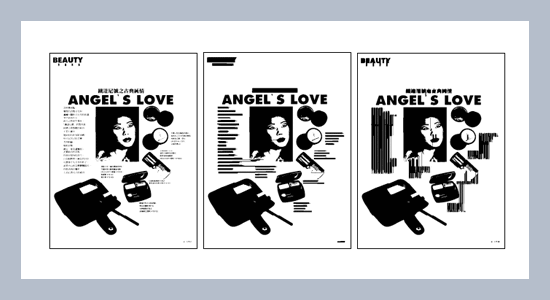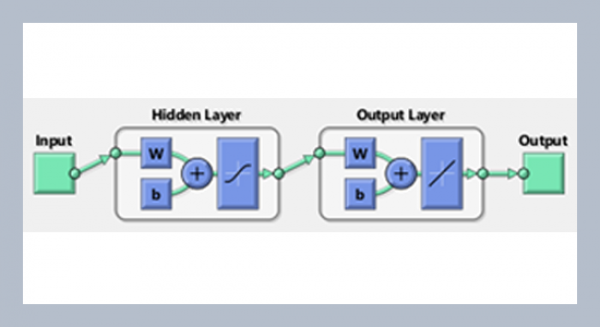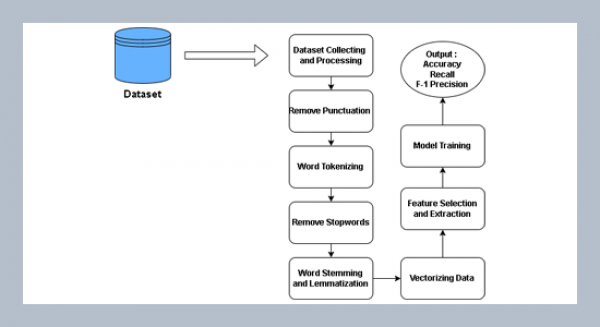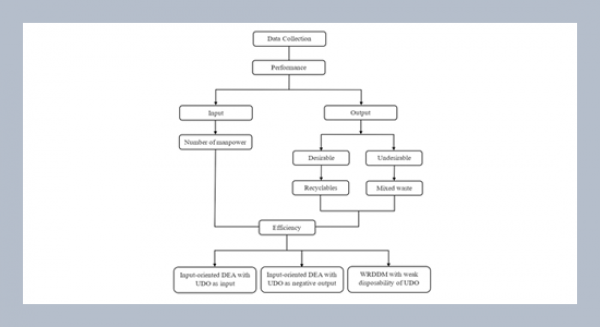Hung-Ming Sun* Department of Information Management, Kainan University, No. 1 Kainan Road, Luchu, Taoyuan County, 33857, Taiwan, R.O.C.
Download Citation:
|
Download PDF
The Constrained Run-Length Algorithm (CRLA) is a well-known technique for pagesegmentation. The algorithm is very efficient for partitioning documents with Manhattan layoutsbut not suited to deal with complex layout pages, e.g. irregular graphics embedded in a textparagraph. Its main drawback is to use only local information during the smearing stage, whichmay lead to erroneous linkage of text and graphics. This paper presents a solution to this problemby adding global information into the process of the CRLA. This enhanced CRLA can be appliedto non-Manhattan page layout successfully. It can also extract text surrounded by a box. Bothcases cannot be processed by the original CRLA.ABSTRACT
Keywords:
constrained run-length algorithm; page segmentation; document processing.
Share this article with your colleagues
[1] Wahl, F. M., Wong, K. Y., and Casey, R.G. 1982. Block segmentation and textextraction in mixed text/image documents.Computer Graphics Image Processing,20: 375-390.REFERENCES
[2] Nagy, G. and Seth, S. C. 1984. Hierarchicalrepresentation of opticallyscanned documents. In Proceedings. 7thICPR, Montreal, 347-349.
[3] Fletcher, L. A. and Kasturi, R. 1988. Arobust algorithm for text string separationfrom mixed text/graphics Images.IEEE Trans. Pattern Analysis and MachineIntelligence, 10, 6: 910-918.
[4] O’Gorman, L. 1993. The documentspectrum for page layout analysis. IEEETrans. Pattern Analysis and MachineIntelligence, 15, 11: 1162-1173.
[5] Simon, A., Pret, J.-C., and Johnson, A. P.1997. A fast algorithm for bottom-updocument layout analysis. IEEE Trans.Pattern Analysis and Machine Intelligence,19, 3: 273-277.
[6] Jain, A. K. and Bhattachariee, S. 1992.Text segmentation using Gabor filters forautomatic document processing. MachineVision and Applications, 5:169-184.
[7] Williams, P. S. and Alder, M. D. 1996.Generic texture analysis applied tonewspaper segmentation. In Proceedings.1996 IEEE International. Conference.Neural Networks, Washington DC,1664-1669.
[8] Lin, J., Tang, Y. Y., and Suen, C. Y.1997. Chinese document layout analysisbased on adaptive split-and-merge and qualitative spatial reasoning. PatternRecognition, 30, 8: 1265-1278.
[9] Pavlidis, T. and Zhou, J. 1992. Pagesegmentation and classification. CVGIP:Graphical Models and Image Processing,54, 6: 484-496.
[10] Baird, H. S. 1994. Background structurein document images. “Document ImageAnalysis”, World Scientific Publishing,17-34.
[11] Chi, Z., Wang, Q., and Siu, W.-C. 2003.Hierarchical content classification andscript determination for automaticdocument image processing. PatternRecognition, 36, 11: 2483-2500.
[12] Nagy, G. 2000, Twenty years of documentimage analysis in PAMI. IEEETransfusion. Pattern Analysis and MachineIntelligence, 22, 1: 38-62.
[13] Shih, F. Y. and Chen, S. S. 1996. Adaptivedocument block segmentation andclassification. IEEE Transfusion. SystemMan and Cybernetics-PART B: Cybernetics,26, 5: 797-802.
[14] Fisher, J. L., Hinds, S. C., and D’amato,D. P. 1990. A rule-based system fordocument image segmentation. In Proceedings.10th ICPR, Atlantic, 567-572.
[15] Shih, F. Y., Chen, S. S., Hung, D. C. D.,and Ng, P. A. 1992. A document segmentation,classification and recognitionsystem. In Proceedings. IEEE International.Conference. System Integration,Morristown, NJ, 258-267.
[16] Xi, J., Hu, J., and Wu, L. 2002. Pagesegmentation of Chinese newspapers.Pattern Recognition, 35, 12: 2695-2704.
[17] Hadjar, K. and Ingold, R. 2003. Arabicnewspaper page segmentation. Process.7th ICDAR, Edinburgh, Scotland,895-899.
[18] Etemad, K., Doermann, D., and Chellappa,R. 1997. Multiscale segmentationof unstructured document pages usingsoft decision integration. IEEE Trans.Pattern Analysis and Machine Intelligence,19, 1: 92-96.
[19] Antonacopuolos, A. 1998. Page segmentationusing the description of thebackground. Computer Vision and ImageUnderstanding, 70, 3: 350-369.
[20] Kise, K., Sato, A., and Iwata, M. 1998.Segmentation of page images using thearea Voronoi diagram. Computer Visionand Image Understanding, 70, 3:370-382.
[21] Xiao, Y. and Yan, H. 2003. Text regionextraction in a document image based onthe Delaunay tessellation. Pattern Recognition,36, 3: 799-809.
[22] Chi, Z., Wang, Q., and Siu, W. C. 2003.Hierarchical content classification andscript determination for automaticdocument image processing. PatternRecognition, 36, 11: 2483-2500.
[23] Gonzalez, R. C. andWoods, R. E. 1992.“Digital Image Processing”. Addison-Wesley.
[24] Wang, Y., Phillips, I. T., and Haralick, R.M. 2006. Document zone content classificationand its performance evaluation.Pattern Recognition, 39: 57-73.
ARTICLE INFORMATION
Available Online:
2006-12-03
Sun, H.-M., 2006. Enhanced constrained Run-length algorithm for complex layout document processing. International Journal of Applied Science and Engineering, 4, 297–309. https://doi.org/10.6703/IJASE.2006.4(3).297
Cite this article:















